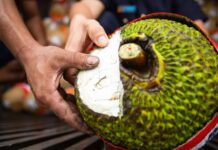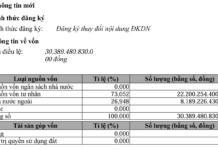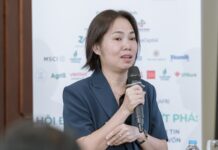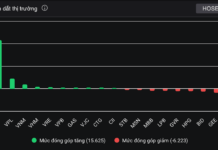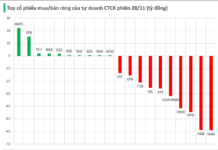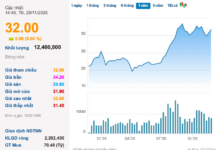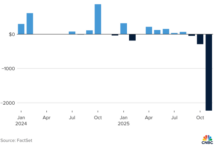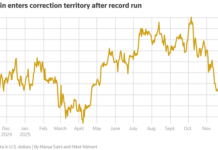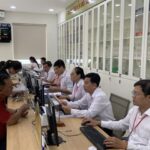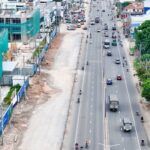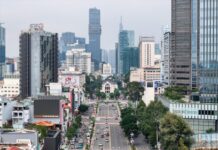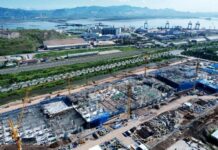The Chairman of the People’s Committee of Ho Chi Minh City has directed the development of a new land price list for the city, effective from January 1, 2026, in accordance with the Law on Land.
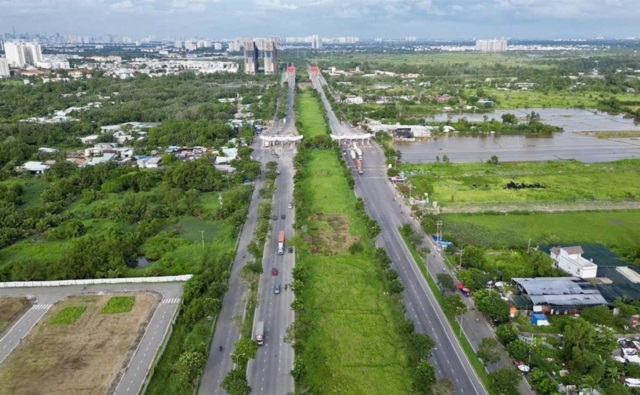
Ho Chi Minh City is currently applying three land price lists (adjusted) according to the decisions of the three provinces/cities before integration.
|
Accordingly, the Chairman of Ho Chi Minh City People’s Committee assigned the Department of Finance to coordinate with the Department of Agriculture and Rural Development to advise and propose the formulation of the state budget estimate for the work of constructing, adjusting, amending, and supplementing the land price list and specific land valuation in the city, based on the approved norms of the three regions and applied to each region to build the land price list.
At the same time, the Chairman of the Ho Chi Minh City People’s Committee assigned the Department of Finance to coordinate with the Department of Justice and other agencies and units to study the proposal of the Department of Agriculture and Rural Development related to the selection of an organization to determine land prices in the form of shortened direct appointment according to regulations; report, advise, and propose to the People’s Committee of Ho Chi Minh City before September 5th.
The Department of Agriculture and Rural Development is responsible for coordinating with the Department of Justice to report and advise the People’s Committee of Ho Chi Minh City on the procedure for issuing legal documents on the project to build a new land price list in the city, before September 5th.
The Chairpersons of 168 wards, communes, and special districts are in charge of preparing a database of land prices and successful transactions of all routes and road sections according to location and area, as well as adjacent points.
Based on this, the administrative units coordinate with the Department of Agriculture and Rural Development and the organization implementing land price determination to review and balance the land price database and send it to the Department of Agriculture and Rural Development to implement the construction of the new land price list.
Quoc Anh
– 09:14 27/08/2025
The New Face of Ho Chi Minh City: Unveiling the Transformative Impact of Key Infrastructure Projects
Get ready, Ho Chi Minh City, for a transportation revolution! From now until the end of 2025, the city will witness the simultaneous rollout of multiple key traffic projects. It’s all hands on deck as we work to enhance connectivity and ease the flow of this bustling metropolis. Stay tuned as we transform the way you move!
“Streamlining Notarization: Exploring the Debate on Delegating Real Estate Document Authentication to HCMC Commune-level Officials”
The Ho Chi Minh City People’s Council delegates engaged in a lively debate regarding the authorization of commune-level officials to certify real estate and land-use documents.
The Big Apple: Scrutinizing Address Details with Precision
The Department of Construction requests that adjacent wards and communes collaborate to maintain stability in the existing house numbering order.



